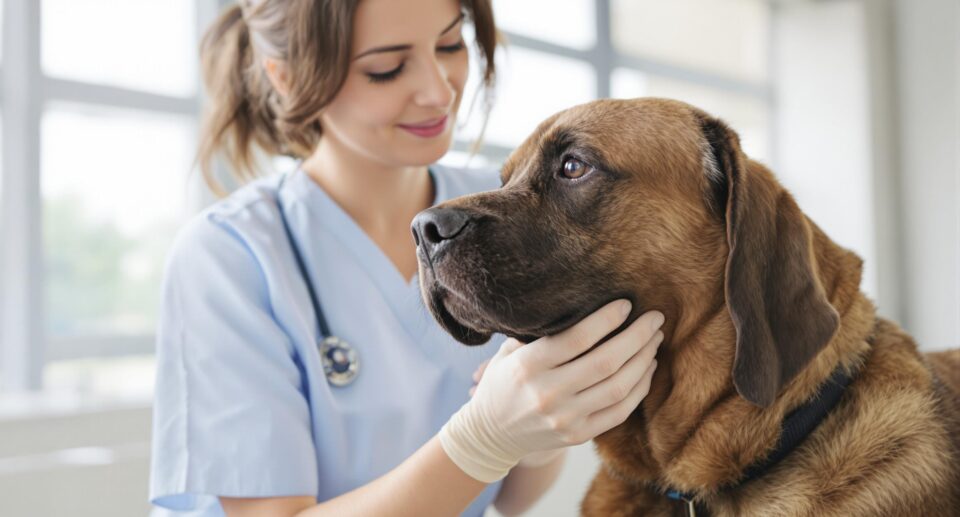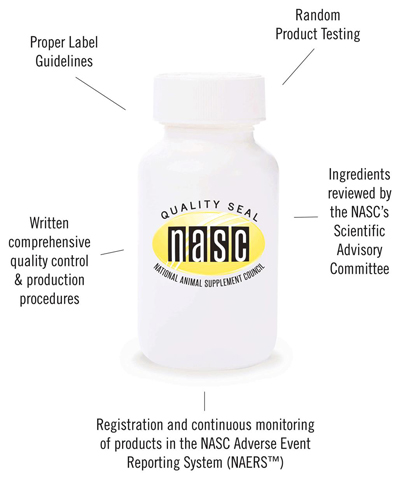Diabetes Treatment for Dogs

Treating diabetic pets
Pets with type 1 diabetes are given insulin injections and may need changes in diet, and may need to lose weight. Pets with type 2 diabetes do not need insulin because they can usually be controlled with diet, weight loss, and oral medication (Glipizide).
Some pets with type 1 diabetes can be treated with insulin, diet, and weight loss so that they no longer need insulin.
Ultimately your pet’s veterinarian will recommend the best types of insulin your pet will need. Below is a list of the more common types of insulin pets use that are diagnosed with diabetes:
- Regular crystalline insulin, which has a rapid onset and short duration of action, perhaps only a few hours
- Intermediate-acting insulin, such as NPH (Isophane), which has an intermediate duration of about 12 hours (Vetsulin Insulin) (ProZinc can last up to 24 hours)
- Lente insulin, which has an intermediate duration of 12 hours, but lasts as long as 24 hours in some pets
- Ultralente insulin, which is long-acting, usually as long as 24 hours, but it may be only as long as 12 hours in some pets. Insulin can be mixed to combine a rapid and a longer-duration product in a single bottle.
Pets use insulin made from beef, pork, a combination of beef and pork, and from human recombinant DNA. If switching a pet from animal to human insulin, the dose is lowered and the pet is re-regulated. Examples of insulins prescribed for pets are ProZinc Cat Insulin, and Vetsulin Insulin.
Insulin is injected with special syringes that are calibrated in units. The syringes have tiny needles because they are intended to deliver insulin below the skin. It is important to use U-40 syringes with U-40 insulin (ProZinc Cat Insulin) and U-100 syringes with U-100 insulin (Vetsulin Insulin).
Why is insulin injected?
Insulin is a protein that is destroyed by stomach acid when it is swallowed. Instead, insulin is injected under the skin and is picked up by the blood and circulated throughout the body.
A pharmaceutical company is developing a form of insulin that is inhaled as a mist. The mist reaches the capillaries in the lungs and is carried through the body. Until this form of insulin is ready, pets will continue to be given insulin injections.





